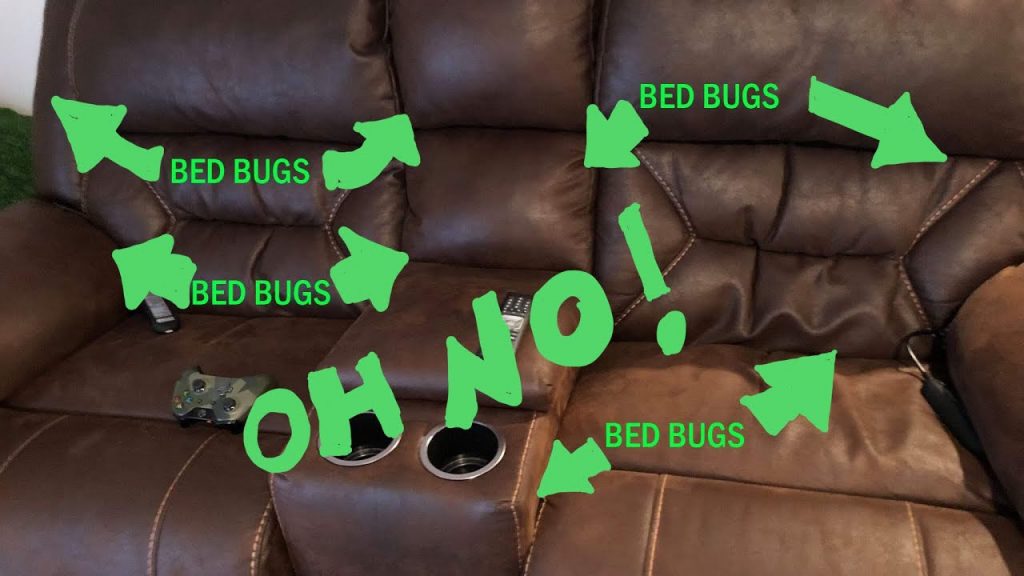As a homeowner, I know how important it is to protect my home from bed bugs. Knowing how to check a couch for bed bugs is one of the most important steps to take in order to identify and treat an infestation. In this article, I will walk you through the process of how to check a couch for bed bugs and what to do if you find any.
What are Bed Bugs?
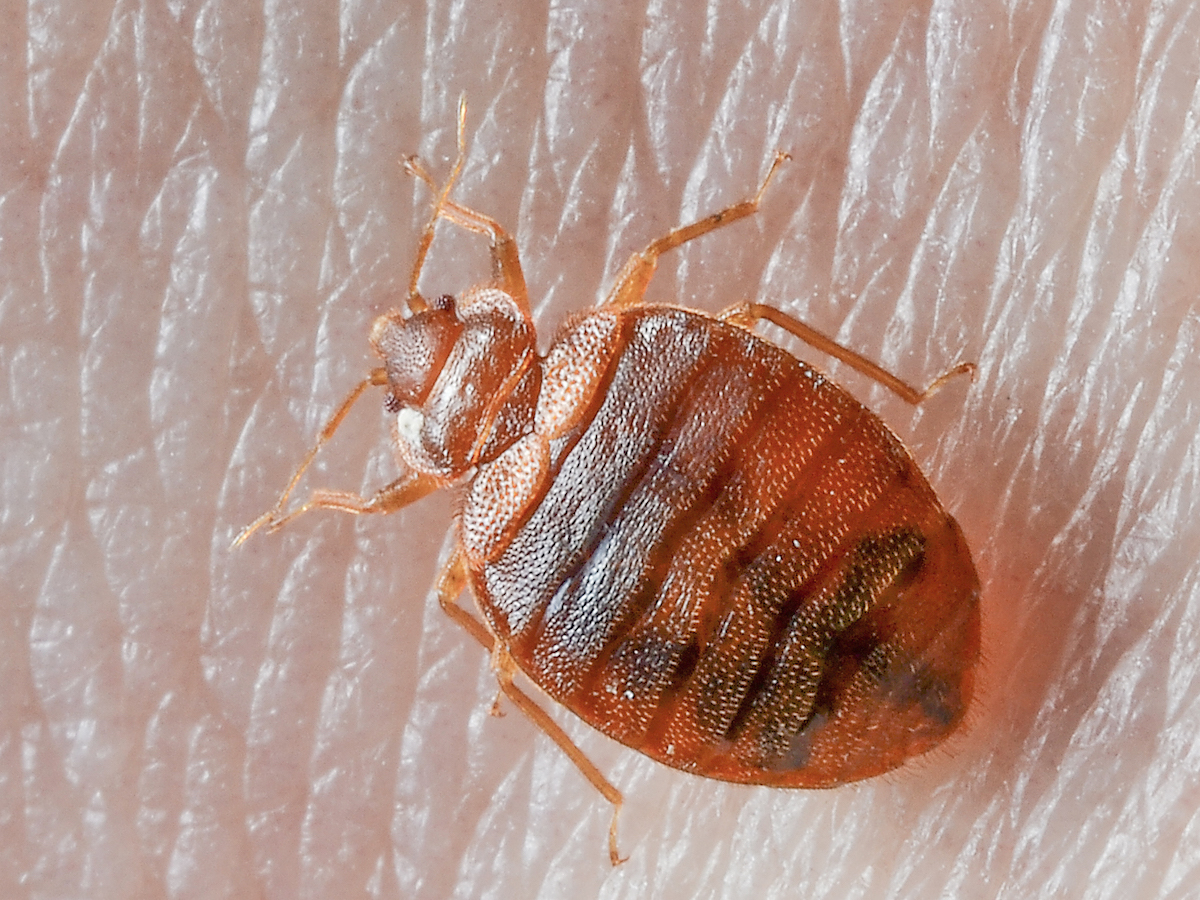
Bed bugs are small, parasitic insects that feed on human blood. They are reddish-brown in color and grow up to 3/16″ long. Bed bugs are capable of living for up to 12 months without food, and can survive in temperatures ranging from nearly freezing to 122°F. They can hide in the cracks and crevices of furniture, mattresses, box springs, bed frames, and other items in a bedroom. They can also be brought in from other places, such as hotels, apartments, or used furniture.
Identifying Bed Bugs
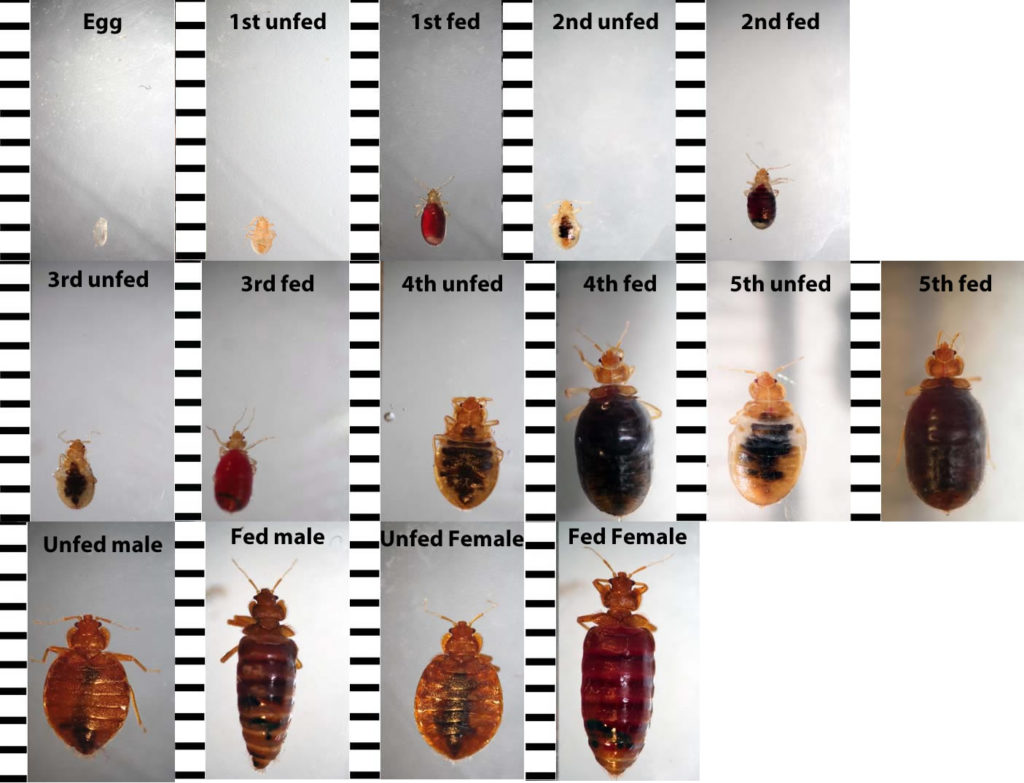
Bed bugs are small, reddish-brown insects that feed on the blood of humans and animals. They are about the size of an apple seed and can be seen with the naked eye. They tend to hide in cracks and crevices during the day and come out at night to feed. Bed bugs can be identified by their flat, oval-shaped bodies, six legs, and two antennae. They also have a distinctive musty odor.
| Feature | Description | Size |
|---|---|---|
| Body | Flat, oval-shaped | About the size of an apple seed |
| Legs | Six | N/A |
| Antennae | Two | N/A |
| Odor | Musty | N/A |
Signs of Bed Bug Infestation
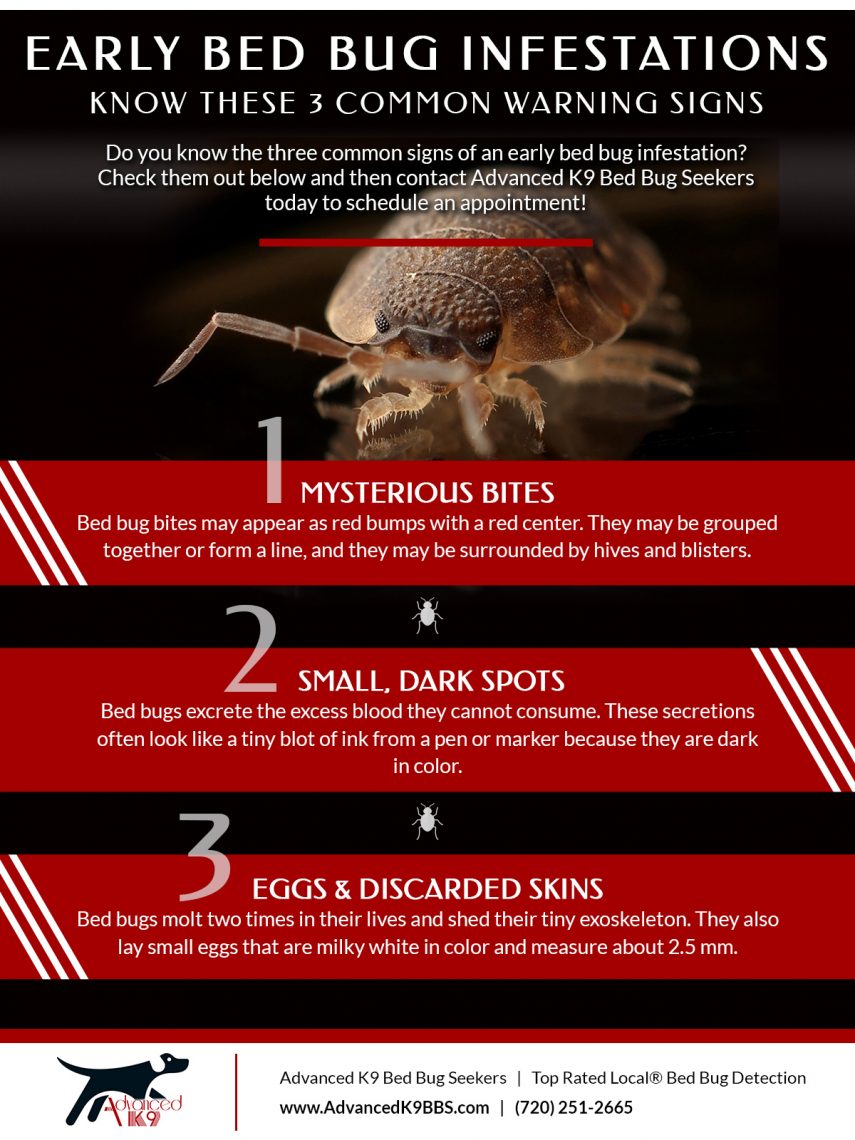
- Fecal spots on mattresses, bed sheets, furniture, and walls
- Tiny eggs and eggshells, which are white and about 1mm in size
- Blood stains (from the bug being crushed) on bedding, mattresses, and furniture
- A sweet and musty odor coming from infested furniture and bedding
- Live bed bugs or their exoskeletons on mattresses, bedding, furniture, and carpets
I should also inspect the couch for any of these signs. Fecal spots are dark, small spots that are similar to a felt-tip pen stain. I should look for these on the underside of the cushions, the couch seams, and the back of the couch. I can use a flashlight if I cannot see them easily. I should also check for tiny eggs and eggshells. These are usually found on the edges of the couch and may be hard to see without a magnifying glass. If I see any blood stains, this is a sure sign of bed bug infestation. Finally, I should check for a sweet and musty odor. This is a common sign of bed bugs and is usually present in infested furniture.
Checking a Couch for Bed Bugs
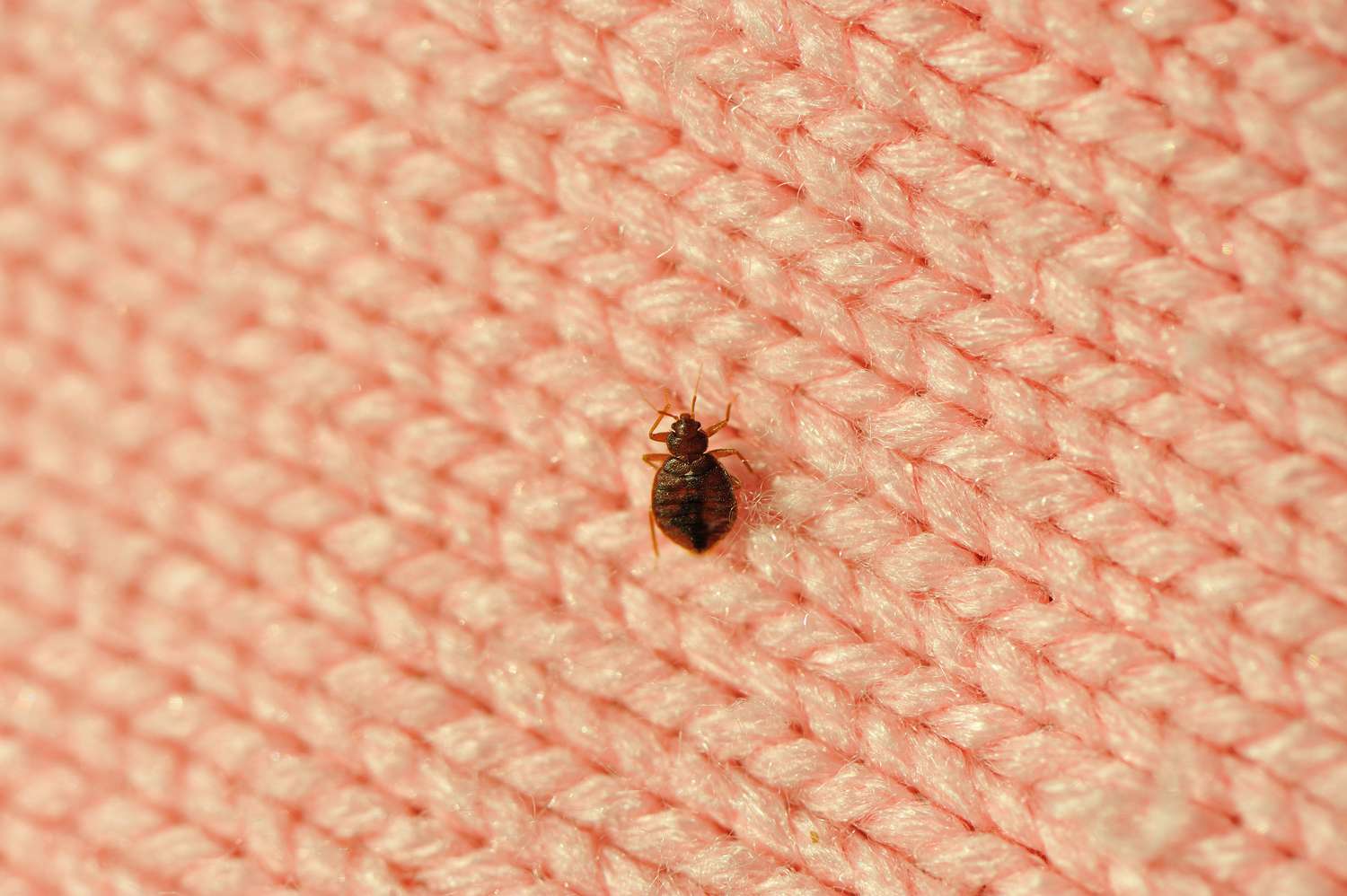
Before bringing a used couch into your home or settling into a hotel room, it’s essential to check for bed bugs. Bed bugs are small insects that feed on human blood and leave behind itchy, red bumps. They can hide in furniture and spread quickly, so it’s important to be vigilant.
To check for bed bugs on a couch, start by removing all cushions and inspecting the seams, tufts, and crevices for signs of bed bugs or eggs. Use a flashlight to check for dark spots, which could indicate bed bug excrement. It’s also a good idea to look for eggs, which are small and white.
If you don’t find any evidence of bed bugs, flip the couch over and thoroughly inspect the bottom. Be sure to check the legs, too. Look for signs of bed bugs or eggs, as well as their excrement.
| Task | Details |
|---|---|
| Remove cushions | Inspect seams, tufts, crevices for signs of bed bugs or eggs |
| Use a flashlight | Check for dark spots, which could indicate bed bug excrement |
| Look for eggs | Small, white eggs |
| Flip the couch over | Inspect the bottom and legs for bed bugs or eggs, as well as their excrement |
Finally, check the area around the couch for any bed bugs or eggs. Use a handheld vacuum to carefully vacuum the area, paying special attention to the couch seams, tufts, and crevices.
Once you’ve finished inspecting the couch, it’s a good idea to put it in a sealed plastic bag or wrap it in plastic for several weeks. This will trap any bed bugs or eggs and prevent them from hatching or spreading.
Remember, it’s important to check for bed bugs on any used furniture before bringing it into your home. The best way to protect yourself and your family is to be vigilant and inspect any furniture for signs of bed bugs before bringing it into your home.
Treatments to Get Rid of Bed Bugs
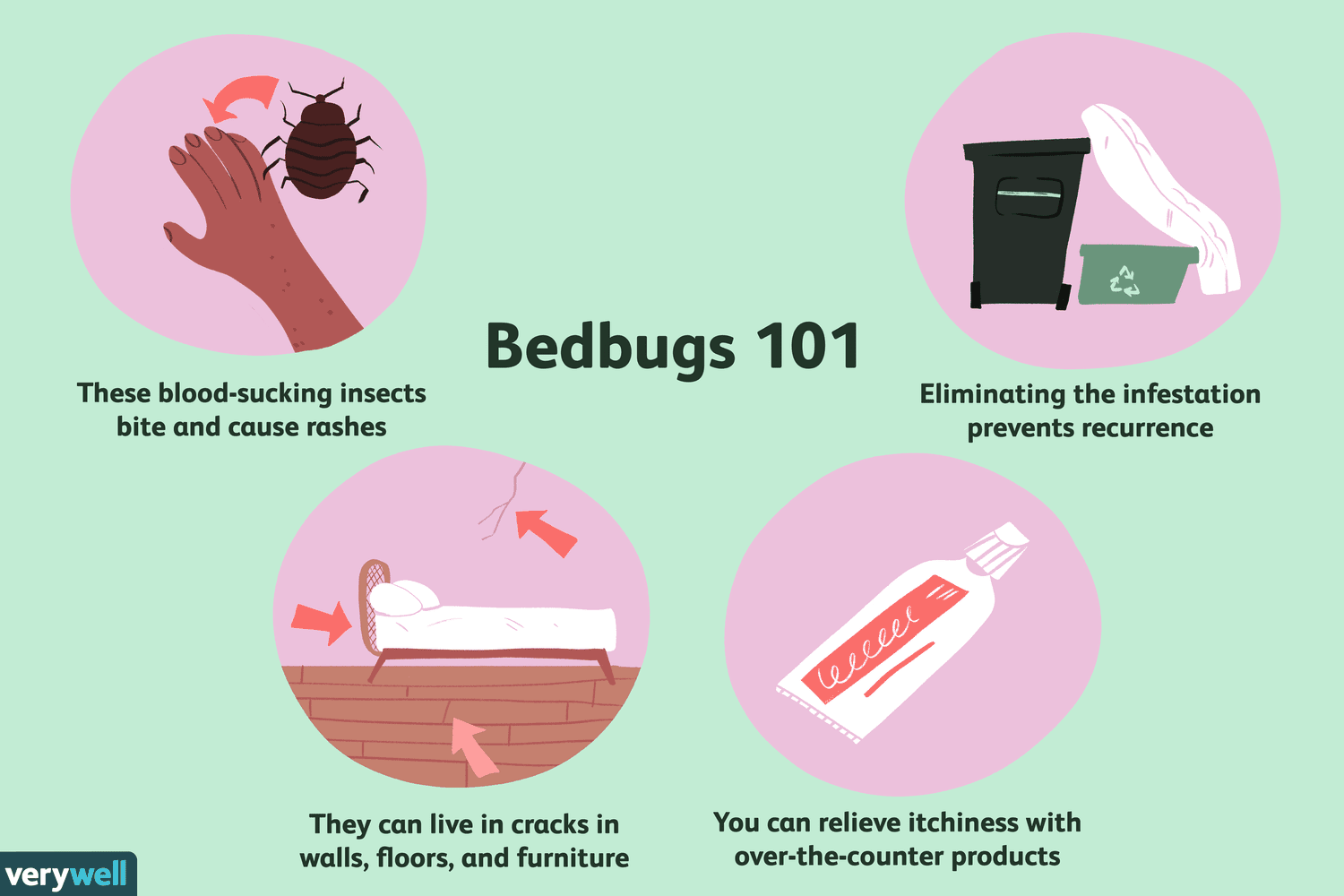
Once you’ve identified that your couch has bed bugs, you’ll need to treat it accordingly. The most effective treatment for bed bugs is to use a combination of chemical and non-chemical approaches. Here are the most common treatments to get rid of bed bugs.
| Treatment | Description |
|---|---|
| Heat treatment | Using a commercial heating device, you can raise the temperature of the couch to between 120 and 140 degrees Fahrenheit to kill the bed bugs. This method is most effective for furniture that can’t be moved. |
| Vacuuming | Vacuuming your couch can help to remove bed bugs, their eggs, and any other debris. Make sure to empty the vacuum bag after each use and dispose of it in a sealed bag. |
| Steam cleaning | Using a commercial steam cleaner is an effective way to kill bed bugs in your couch. The steam should reach at least 140 degrees Fahrenheit to be effective. |
| Insecticides | Using an insecticide can help to kill both adult bed bugs and their eggs. These chemicals should be applied according to the instructions on the label and should be used with caution. |
It’s important to note that these treatments may not be enough to completely get rid of the bed bugs on their own. In some cases, it may be necessary to use multiple treatments in combination to ensure complete eradication.
Prevention of Bed Bug Infestation
Before checking for bed bugs, it is important to take preventative measures to reduce the risk of a bed bug infestation in your home. To prevent bed bug infestations, the following steps should be taken:
1) Vacuum and clean regularly. Vacuuming carpets, furniture, bedding, and any other fabrics in your home can help remove bed bug eggs, larvae, and adults. Regular cleaning and vacuuming will also help keep the area free of dust and debris that can attract bed bugs.
2) Use mattress and box spring covers. Encasing mattresses and box springs in a specialized cover can prevent bed bugs from entering and infesting the bedding.
3) Use a bed bug detector. A bed bug detector will alert you when bed bugs are present in your home.
4) Avoid secondhand furniture. Bed bugs can easily hide in furniture and other items that have been previously used and infested. Avoid bringing secondhand furniture into your home to reduce the risk of bringing in bed bugs.
5) Examine clothing thoroughly. Before bringing clothing into your home, examine it for signs of bed bugs.
By taking these preventative steps, you can reduce the risk of a bed bug infestation in your home.
Professional Bed Bug Control
Checking for bed bugs can be difficult, so it is often necessary to enlist the help of a professional bed bug control team. They can inspect the couch for bed bugs and other pests, as well as identify potential sources of the bug infestation. They can also provide treatments and advice for managing the problem. Professional bed bug control teams can use a variety of methods to detect and eradicate bed bugs, from insecticides and heat treatments to vacuuming and steam cleaning. They may also be able to provide advice on how to prevent future infestations.
Frequently Asked Questions
What signs should I look for to identify a bed bug infestation on my couch?
Bed bugs leave behind a variety of signs that can indicate an infestation. Look for reddish-brown spots on the couch, which are the bugs’ excrement. Inspect the seams and crevices of the couch for eggs, eggshells, and molted skin. Bed bug bites are often a telltale sign, as well as a musty odor that can be present if the infestation is severe.
What methods can I use to remove bed bugs from my couch?
To remove bed bugs from your couch, you should vacuum and steam clean the furniture. Vacuuming will help to remove any eggs, larvae, and adults that are present, while steam cleaning will help to kill any remaining bugs. You may also want to apply a pesticide or insecticide designed to kill bed bugs. Be sure to read the product label carefully and follow the instructions for safe use. You should also wash any bedding and linens in hot water and dry them on the highest heat setting. Finally, you should encase your mattress and box spring in protective covers to prevent bed bug infestations in the future.
What are the best ways to kill bed bugs in my couch?
The best way to kill bed bugs in a couch is to use a combination of chemical and non-chemical treatments. Chemical treatments can include sprays, dusts, and aerosols that are specifically formulated to kill bed bugs. Non-chemical treatments include vacuuming, steam treatments, and heat treatments. It is important to use a combination of treatments to ensure complete bed bug eradication.
How do I ensure that I don’t spread bed bugs from my couch to other parts of my home?
To prevent the spread of bed bugs, always inspect any used furniture or items that are brought into the home. Use a flashlight to check crevices, seams, and other hiding spots for bed bugs. Take off cushions, if possible, and inspect them. Vacuum the furniture and surrounding area regularly. After vacuuming, remove the vacuum bag and dispose of it in an outdoor garbage can. Wash and dry all bedding, clothing, and other fabrics on the hottest setting to kill any bed bugs. Use a mattress and box spring encasement to prevent bed bugs from entering. Finally, seal and caulk all cracks and crevices in walls and furniture to prevent the spread of bed bugs.
What Can I Do to Prevent a Bed Bug Infestation on My Couch in the Future?
To prevent a bed bug infestation on your couch in the future, vacuum it regularly, especially in the creases and seams. Inspect your couch for bed bugs on a regular basis, and if you spot any, immediately contact a professional exterminator. Avoid bringing secondhand furniture into your home as these can be breeding grounds for bed bugs. Also, seal any cracks or crevices in your walls, floors, and furniture, as these can be entry points for bed bugs. Finally, be sure to regularly wash your bedding, clothing, and other fabrics in hot water to prevent bed bugs from multiplying.
Conclusion
Bed bug infestations can be a worrying and concerning issue for any homeowner. A thorough inspection of your couch is the best way to identify and treat any infestation. Begin by checking for signs of bed bugs, such as eggs, shells, and live bugs. Next, carefully inspect seams, crevices, and between cushions for more evidence. Finally, if you find evidence of bed bugs, contact a professional exterminator to get the infestation under control.
